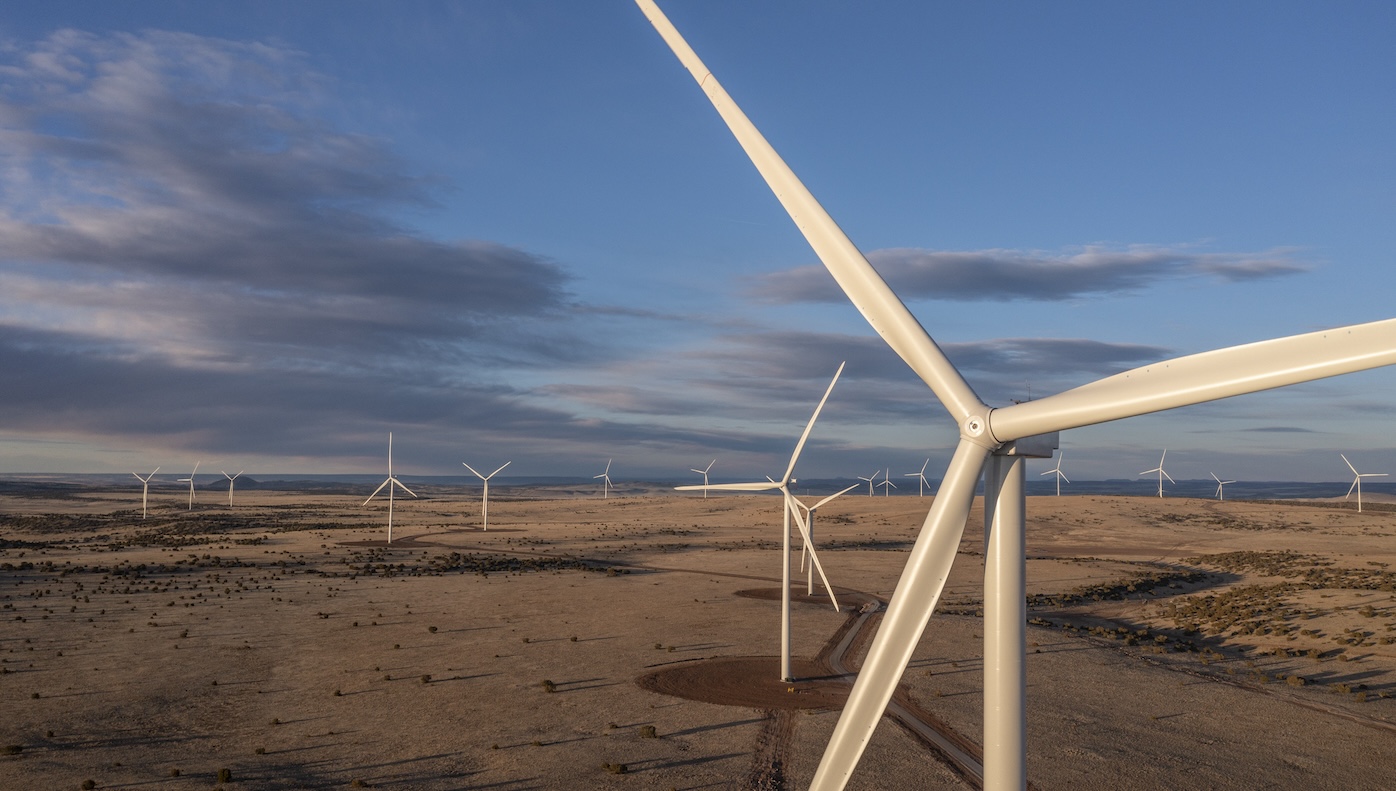In 2010, India’s grid was in crisis. The Asian nation struggled with power deficits close to 13% during periods of peak demand, while around one in four Indians still lacked access to electricity. But India has come a long way, and fast. Today 99.6% of Indians have electricity access.
Related News
COP30 x B20: Inside a Global Turning Point for the World’s Energy
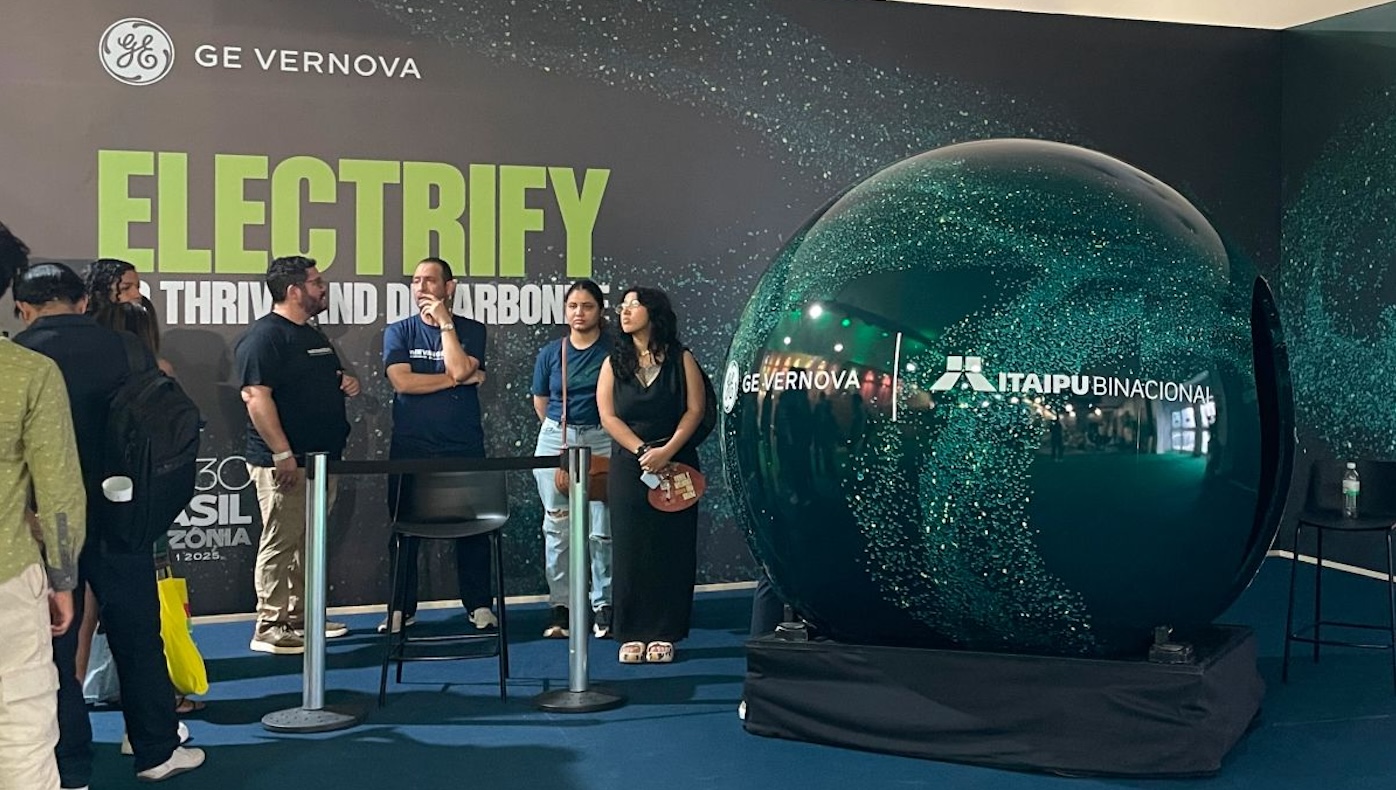
Related News
Sparking Innovation: How One Engineer Secured 30 Patent Applications That Are Shaping the Future of Energy
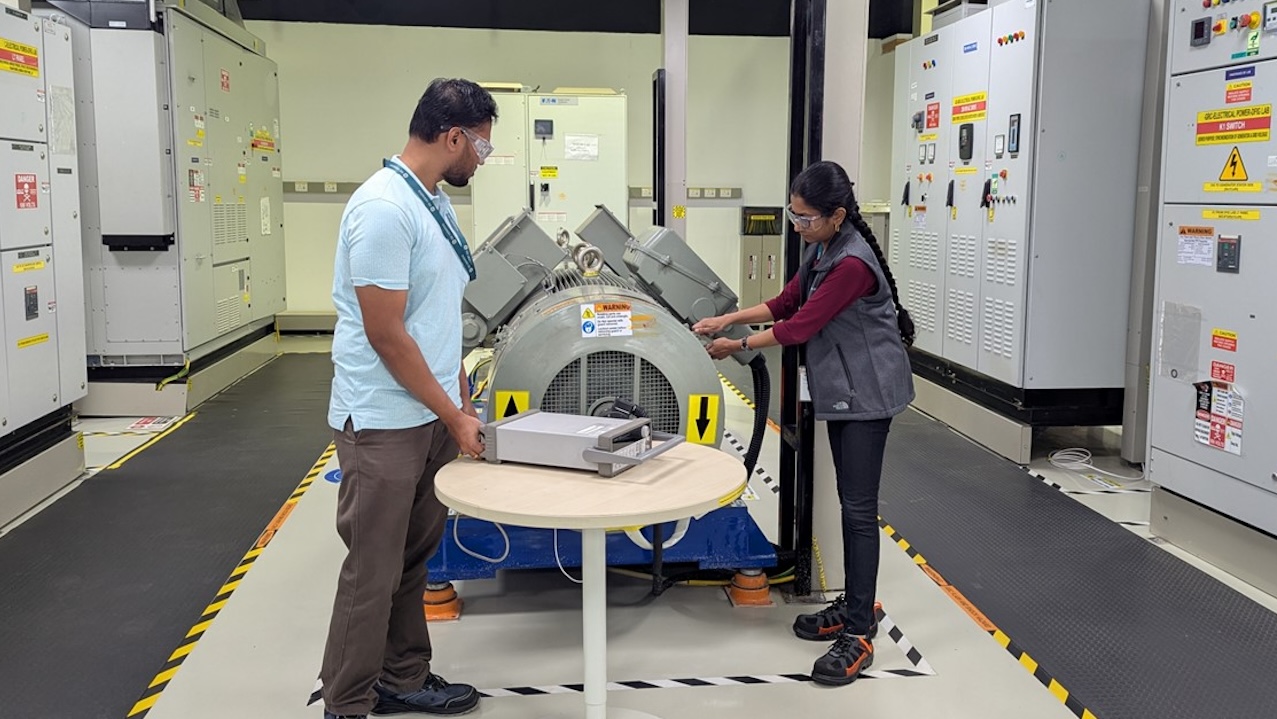
Veena P. has learned in her 14 years at GE Vernova that earning patent recognition for her inventions isn’t a matter of waiting for lightning to strike. Instead, the technology manager in electrical systems at GE Vernova’s Advanced Research Center in Bengaluru, India, has developed a systematic process that has helped her successfully register 30 patent applications so far, with more in the works all the time. Her innovations support GE Vernova’s mission to accelerate the energy transition, making power systems more efficient and reliable.
Related News
Mega Lean Week: Stafford’s Grid Game Transformation

In an increasingly electrifying world, efficiency is crucial. The global energy sector is adopting HVDC (high-voltage direct current) technology for its superior capability and cost-effectiveness over long distances. HVDC systems can transmit more than three times as much power as alternating current (AC), with up to 50% fewer losses.
Related News
The Energy Transition Calls for Tailor-Made Decarbonization Solutions

Let’s say you’re a developing country whose power grid is saddled with inefficient oil-fired power generation and you need to electrify quickly to meet the needs of a fast-growing economy. You might build out your solar, wind, battery storage, natural gas, or all of the above — but who can you call for help and advice?
Related News
Eye on the Summit: MIT Grad Matias Opazo Climbs Higher with GE Vernova

Related News
Front Row at Climate Week: Accelerating the Future of Energy

Last week, at Climate Week NYC, GE Vernova was an influential voice in shaping the global conversation on smarter, more sustainable energy — highlighting the need for breakthrough solutions and urging bold leadership to meet accelerating demand. While the UN General Assembly drew headlines across town, GE Vernova contributed to the “Power On” theme at Climate Week by announcing recent advances in nuclear and carbon capture, and promoting a message of optimism, urgency, and collaboration.
Axios House: Moving the Needle
Energizing Georgia’s Future: These Mighty Gas Turbines Can Power the Peach State’s Blossoming Rural Economy

Data centers, those serried racks of servers, storage devices, and network hardware that keep the internet humming, are dominating the conversation about future energy demand.
Eyes of the Storm: When Severe Weather Looms, This GE Vernova Team Is Ready to Deploy
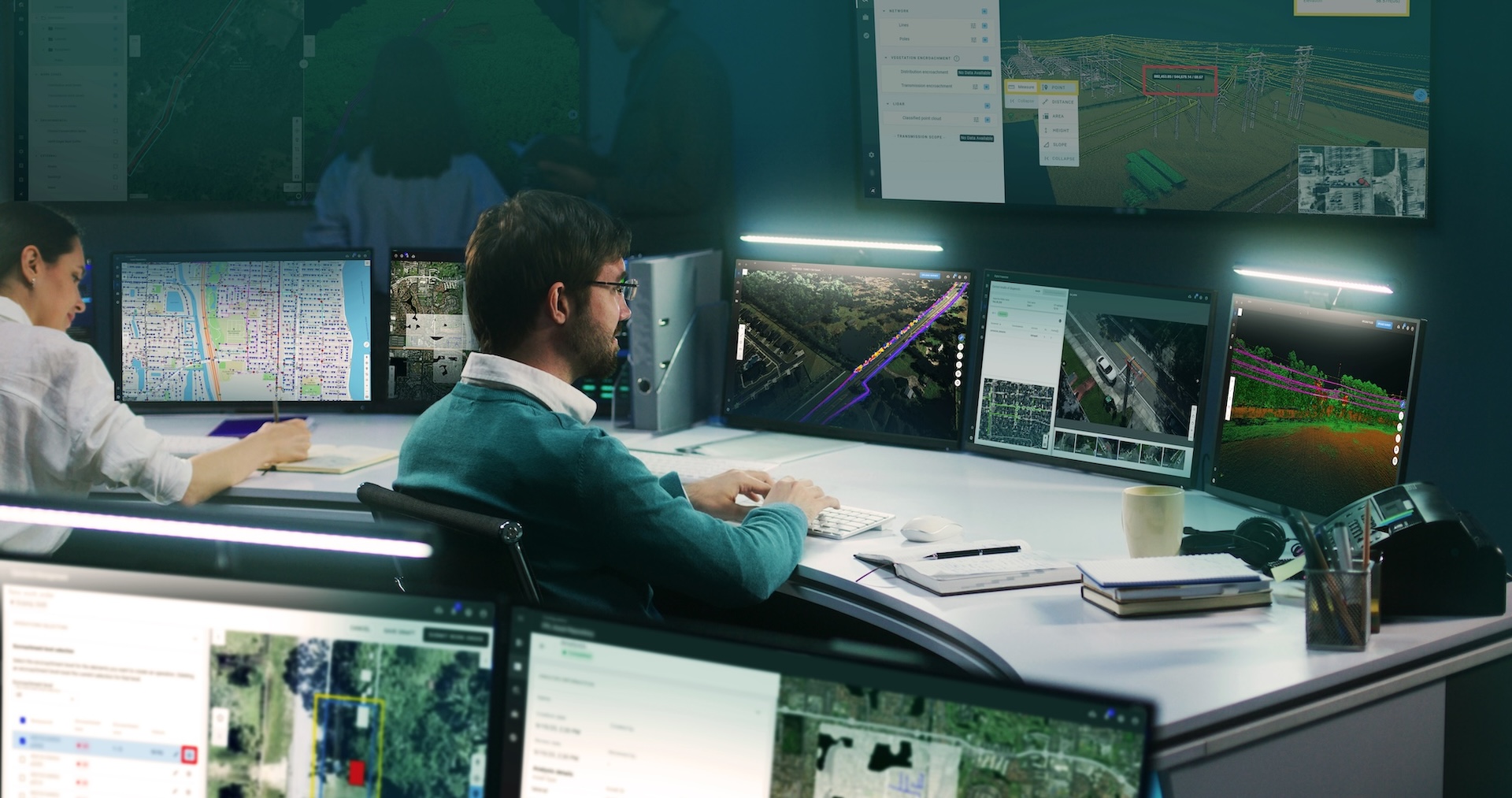
As the heat of summer wanes and the Northern Hemisphere turns its gaze toward autumn, a different kind of anticipation grips the electric utility sector in the southeastern United States. The end of summer doesn’t mean a respite from volatile weather for the region. This change in seasons ushers in the peak of Atlantic storm season, and with each passing year the stakes are getting higher.
Related News
For ‘Wind Girl’ Julia Vey, the Only Thing Better than Getting Wind Turbines Delivered on Time Is the View from the Top
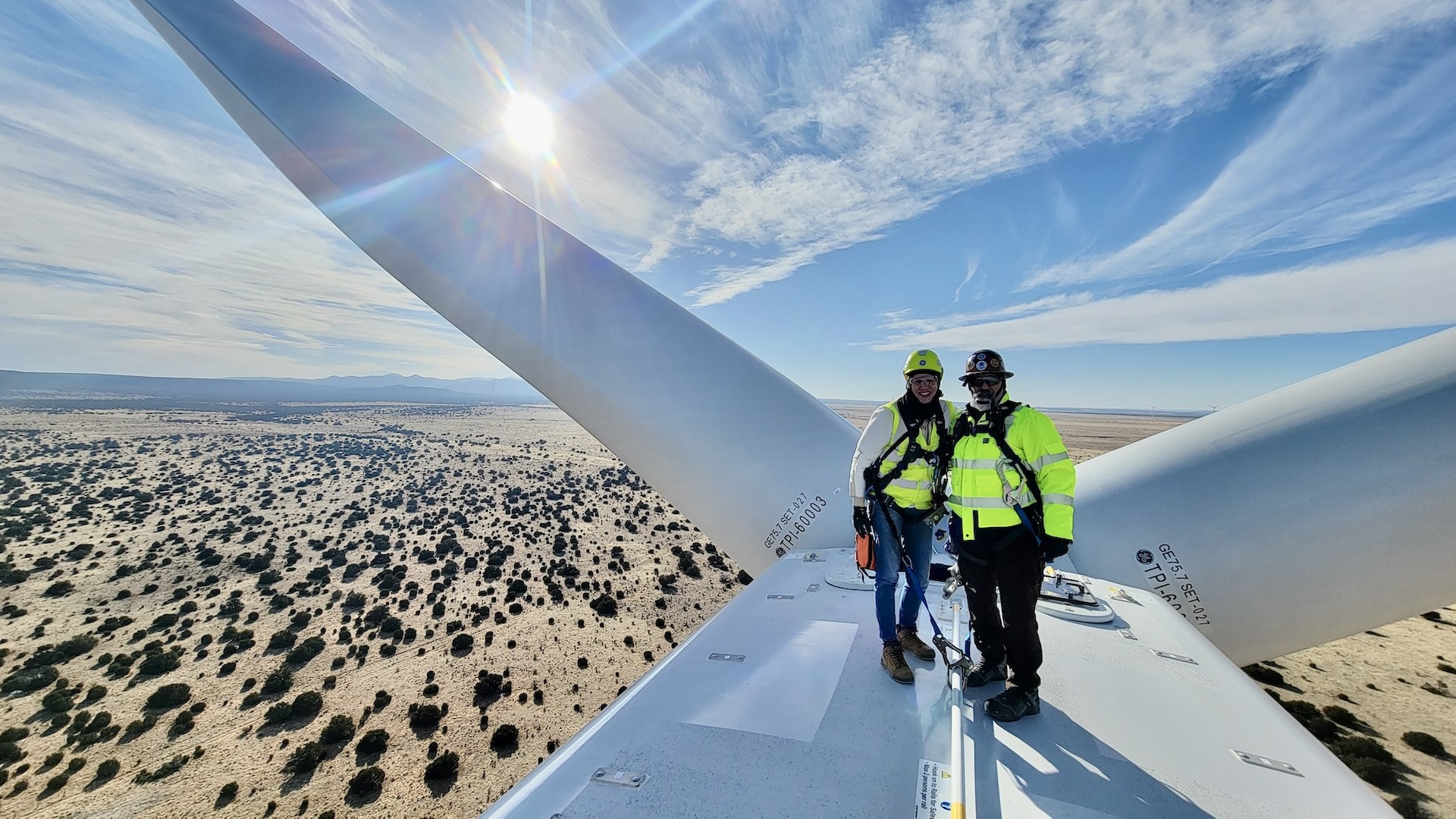
The scene: northwest Germany. A quiet farm. Enter a university student with a question that would shape her future. “Hey, when are you getting a wind turbine?”
It was a casual moment, but for Julia Vey, then an apprentice at GE Vernova in nearby Salzbergen, it planted a seed. Back in the early 2000s, wind power was still small-scale, and large turbines were rare. But Julia was fascinated — and determined to be part of what she sensed was coming.
Related News
- Page 1
- Next page
